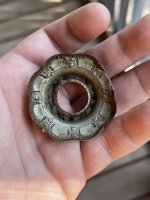skyhawk1251
Sr. Member
Part 1 --
These "directions" cited in the Holmes Manuscript make no sense to me, but I'd like to determine if there is any general agreement on their meaning. To do that, I think it's best to analyze the "directions" sentence by sentence.
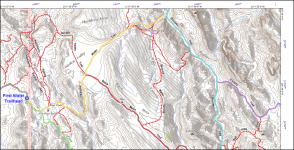
"Go to first water, then to second water, then take the old government trail to San Carlos. Where the trail turns south you will see over the point of a ridge a rock standing in the brush that looks like a man. This is where I always leave the trail. Go to the left of the trail and follow up the long ridge and you will come to a saddle. In this saddle is a round Indian ruin of rocks. Go through this saddle and on up a low ridge, and when you get to the highest point of the ridge you can look north and the four peaks are lined up to look as one peak. In the other direction you will see a high needle. In the canyon under you is my hidden camp. You can't get down there because it's too steep, go to the mouth of the canyon and then back. You can find the rock house with very little difficulty. You won't be able to see it until you are right up on it. After you find the camp then come back out of the canyon. (Here Waltz gave a direction to the mine that Holmes and Roberts kept secret.) You will never be able to find the mine until you first find the rock house as the opening is completely hidden. A prospector won't find it because there is no ledge in view. In the mine you will find about $75,000 dollars in gold ore already dug out. I dug the outcropping away and covered all signs of my digging." -- Holmes Manuscript (posted by Matthew Roberts)
These "directions" cited in the Holmes Manuscript make no sense to me, but I'd like to determine if there is any general agreement on their meaning. To do that, I think it's best to analyze the "directions" sentence by sentence.
This part seems easy enough. Very clear to me, if "first water" and "second water" have remained the same."Go to first water, then to second water ..."
Here, I start making assumptions. I'm assuming that the route goes from Second Water Spring to Boulder Trail, since I'm also assuming that men on horseback would want to follow the easiest and most direct route to San Carlos, although I'm wondering why anyone would want to go through the Superstition Mountains to get to San Carlos, which is a long journey east-southeast from Ft. McDowell. Comments are welcome at this point. I might already be diverging far from popular opinion."... then take the old government trail to San Carlos."

Last edited:


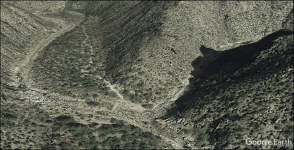
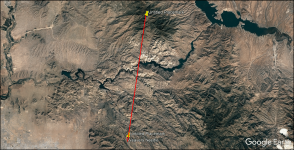
 ), I saw something, below the ridge that runs along the left side of that image, just out of view. I was hiking up canyon on that trail; it was later afternoon. Large rock formations are scattered all over in there, anyway a pretty big rock formation protrudes high enough, that from that trail at canyon floor, looking up, I could see that rock formation as a silhouette against the sky, above the point of that ridge behind it, even though the rock formation was actually at a lower elevation than the ridge behind it.
), I saw something, below the ridge that runs along the left side of that image, just out of view. I was hiking up canyon on that trail; it was later afternoon. Large rock formations are scattered all over in there, anyway a pretty big rock formation protrudes high enough, that from that trail at canyon floor, looking up, I could see that rock formation as a silhouette against the sky, above the point of that ridge behind it, even though the rock formation was actually at a lower elevation than the ridge behind it.
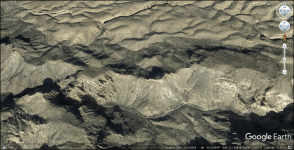
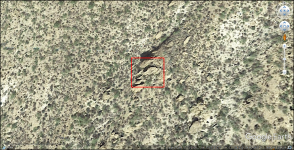
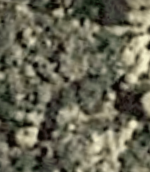


 I tend to be in the Julia camp on this one. Just cuz the body found at hidden water I have a feeling was a worker for the Peraltas.
I tend to be in the Julia camp on this one. Just cuz the body found at hidden water I have a feeling was a worker for the Peraltas.

